The best and most fragrant lotus for making tea is the hundred-petal lotus in West Lake, which people still praise: "Here is gold, here is black copper/ Here is the morning glory flower, here is the West Lake lotus". In the past, housewives in the old town used to make lotus tea when the season came. And the smart people often chose the first lotus of the season. The people of West Lake picked lotus in Tri pond and Thuy Su pond from dawn, when the lotus flowers were just half-opened. When the sun rose, it would be done. If the lotus petals opened just a little more, the original fragrance would be lost. Those lotus flowers were picked very quickly and then sent to the city for the ladies.
As soon as they received the lotus flowers that were still covered with dew, people gathered around to quickly remove the lotus seeds. The lotus seeds are the “fragrance bag” of the lotus flower.
Then, depending on each family's conditions, people would scent more or less. The finished tea packages were carefully stored, only used to entertain distinguished guests, during death anniversaries, especially when Tet came and spring came. Journalist Vu Thi Tuyet Nhung was born and raised on Nguyen Huu Huan Street (Hoan Kiem District). She said that when she was a child, every time her father scented tea, the house was filled with lotus scent like a fairy cave. Her father always made a pot of lotus tea on the morning of the first day of Tet, or on the offering meal before a big death anniversary, carefully pouring it into the pot and offering it to the altar.
Lotus tea culture has been deeply ingrained in the lifestyle of Hanoians. Every day, people drink many different types of tea, including scented tea. But when having distinguished guests or giving gifts to each other, lotus tea is a must. The ancient Hanoians also often made their own lotus tea as a gift for relatives or friends they respected.
Tea tasting, although not as elaborate as the Japanese, still requires learning to have a good pot of tea. The pot must be soaked in boiling water to keep it warm before being used to make tea. Many people now put their nose close to the teacup to inhale the aroma. In the past, doing so would have been considered rude.
The cup of tea is still hot, bring it to your lips, slowly tilt it at a 45 degree angle, then the lotus and tea scent will gently rise. Enjoy it with both taste and smell. The fragrance that passes by like a trip to see the mountains and rivers is exquisite. Perhaps because of that attachment and delicacy, many places across the country have lotus tea, but lotus tea is naturally considered to represent the character of Hanoi.
Nowadays, families who traditionally hand-brew lotus tea are almost gone. The lotus tea brewing profession is mainly maintained in families who have been professionally brewing for many generations. Among them, the lotus tea making profession is most popular in the areas of Nhat Tan and Quang An wards, Tay Ho district.
Quang An Ward has the advantage of being bordered by West Lake on three sides, with 157 hectares of West Lake water surface with 11 ponds, lakes, and marshes with good soil and a thick layer of mud, very suitable for the development of lotus. It is no coincidence that West Lake lotus is in a "superior" position that lotuses from other regions cannot compare to because West Lake lotus is nourished by a layer of mud accumulated over millennia, so it is 0.7 to 1.2 m thick - something that few marshes have.
Since ancient times, Quang An people have used lotus leaves to create lotus tea products and the knowledge of making lotus tea has been passed down and preserved for generations. Similar to the way of making lotus tea of the people of the old town, lotus is picked early to separate the rice, used to infuse the lotus. Most people who make lotus tea today use Thai Nguyen tea to infuse.
In the past, people who made lotus tea often used tea from Ha Giang because the leaves were large and absorbed the scent very well. When Ha Giang tea was infused with lotus rice, it would produce a lotus tea with a strong aroma and a long-lasting scent. However, the biggest limitation of tea from this region is that the tea water is red and not strong in flavor. People who enjoy lotus tea today often not only demand fragrant tea but also beautiful tea, good flavor, and good water. For that reason, since the early 90s of the 20th century, Quang An people began to switch to using Thai Nguyen tea. Thai Nguyen tea is considered by Quang An people to be of high quality, meeting the common preferences of tea connoisseurs.
According to Mr. Nguyen Hong Xiem, owner of Hien Xiem lotus tea infusion facility (Quang An ward, Tay Ho district), the faster the separation of lotus seeds is done, the more the aroma is retained. To achieve high efficiency, each person is assigned a step. The first person separates the outermost large lotus petals and passes it to the second person to separate the small petals. The last person is usually the most experienced person to separate the lotus seeds. It is necessary to strip gently so that the rice grains are not scratched or broken, leading to loss of aroma and making the tea stale. After separation, the rice is sifted again to remove the tassels and lotus petals mixed in, so that the rice is free of impurities.
After the lotus rice separation process is completed, the lotus tea maker quickly carries out the tea infusion step. Infusion is the step of adding lotus rice to the tea and leaving it for 3 days (about 45 to 50 hours) for the tea to absorb the lotus scent. The infusion step begins by spreading a layer of tea, a layer of lotus rice, and repeating until finished. Dried lotus tea must go through many infusions. Previously, dried lotus tea was usually infused 7 times (about 21 days). To produce 1 kg of dried lotus tea, about 1 kg of lotus rice (equivalent to 1,200 to 1,500 lotus flowers) must be used, divided into 7 infusions.
Tea drying is also a step to dry the tea after each infusion. This is the step that determines the success of a batch of lotus tea, so it should only be done by people with many years of experience. Currently, lotus tea makers in Quang An are using three drying methods: drying with charcoal, drying with hot water, and drying with an electric stove. Of these, drying with charcoal is considered the most difficult technique, because just a little carelessness can burn the tea. However, many people consider drying tea with charcoal to give the highest quality finished product.
The craft of making lotus tea in Quang An has recently been listed as a national intangible cultural heritage. Deputy Head of the Heritage Management Department (Hanoi Department of Culture and Sports) Bui Thi Huong Thuy said: “It would be a mistake not to mention a special step of the Quang An people, which is “tea washing”.
Tea washing, a term used by Quang An tea brewers, is the process of creating moisture to soften the tea leaves, making it easier for the tea to absorb the aroma when brewed with lotus rice. Instead of using water to wash the tea, Quang An people use the inner layer of lotus petals of the cypress flower, which is both clean and has a bit of fragrance, to wash the tea. Before washing the tea, they sift the tea to remove the bran. For each layer of tea, they sprinkle a layer of lotus petals on top.
There was a time when some lotus ponds along West Lake were polluted, causing lotus plants to not grow. In early spring 2024, the People's Committee of Tay Ho District coordinated with the Central Fruit and Vegetable Research Institute and the Hanoi Agricultural Extension Center to implement the project "Building a model of lotus production associated with developing ecotourism according to the value chain in Tay Ho - Hanoi".
Technical experts and local people had to clean up the mud and try planting. Ms. Tran Thi Thuy, one of the households participating in the project, shared: “At first, we planted a small amount, if the lotus did not grow well, we would have to plant another variety. But fortunately, the lotus sprouts grew very well, so we planted them en masse. The lotus grew beautifully and could be used to make tea right from the first crop.” The total area of the project is currently more than 7.5 hectares, laying the foundation for the revival of West Lake lotus.
Along with that, many households have been growing lotus in many different districts in Hanoi such as Bac Tu Liem, Me Linh, Chuong My... with a total area of up to hundreds of hectares. Due to the large planting area, Quang An and Nhat Tan people are proactive in supplying lotus tea materials.
Vice Chairman of the People's Committee of Tay Ho District Nguyen Thanh Tinh shared that currently, there are 129 people in the district working in the tea scenting profession, mainly concentrated in Quang An Ward, with nearly 100 people capable of teaching. Tay Ho is also the largest lotus tea center in the country, with an output of 600-800 kg of dried lotus tea each year, not to mention tens of thousands of lotus scented tea products supplied to the market.
In addition to dried lotus tea, Hanoians now also scent flower tea. The process of making lotus flower tea is less complicated than that of dried lotus tea, but to have delicious and fragrant tea, tea makers have their own secrets and skills. The raw tea used to scent lotus flower is usually young tea buds. After the tea is scented once with lotus rice, the tea is put into the lotus flower with each flower weighing about 15 grams. They gently separate the petals to avoid breaking or crushing the petals and skillfully put the tea in the middle of the flower. Then, they smooth the petals to wrap the tea. Bamboo strips soaked in water are used to tie the lotus petals, both to hold them firmly and not to crush them. To keep the fragrance from escaping, tea makers also wrap an extra layer of lotus leaves on the outside.
The land of Quang An, where lotus tea is made, is in harmony with the sky and water of West Lake - the most famous landscape of the capital, with a series of relics and cultural heritages around the lake. That is Tay Ho Palace, the place associated with the meeting between Trang Bung Phung Khac Khoan and Mother Lieu Hanh in a time when the Holy Mother descended to earth. That is Kim Lien Pagoda - a unique architecture, worthy of being the "golden lotus" by West Lake. That is a series of ancient craft villages: Nhat Tan peach, Tu Lien kumquat, Phu Thuong sticky rice...
This is the basis for Tay Ho district to exploit the value of lotus trees and lotus tea associated with other scenic spots and heritages in the area to develop cultural industry. Notably in the activities to honor and exploit the value, in July 2024, Tay Ho district realized the exploitation of the value of lotus trees with the Hanoi Lotus Festival and the introduction of OCOP products associated with the culture of the northern mountainous provinces in 2024, which was just held in mid-July 2024.
Currently, Hanoi is focusing on developing lotus as part of its strategy to restructure the agricultural sector in association with developing urban agriculture and tourism. But to do that, it must start with the lotus itself. Around West Lake, there are still 18 ponds, with an area of tens of hectares. Tay Ho District will "cover" the entire pond system with the color of the lotus. In the city, the total area of lotus cultivation is currently 600 hectares.
In the future, the lotus area will be increased by one and a half times, up to more than 900 hectares, in which the Tay Ho lotus is the lotus variety that is prioritized for propagation. Since the lotus flower entered life, not only Quang An people make lotus tea, many other lotus tea making establishments have also been formed, many families have also personally brewed tea, reviving an ancient culinary culture. The beauty of lotus tea culinary culture is preserved and spread.
Nhandan.vn
Source: https://special.nhandan.vn/tinh-hoa-trong-moi-chen-tra/index.html


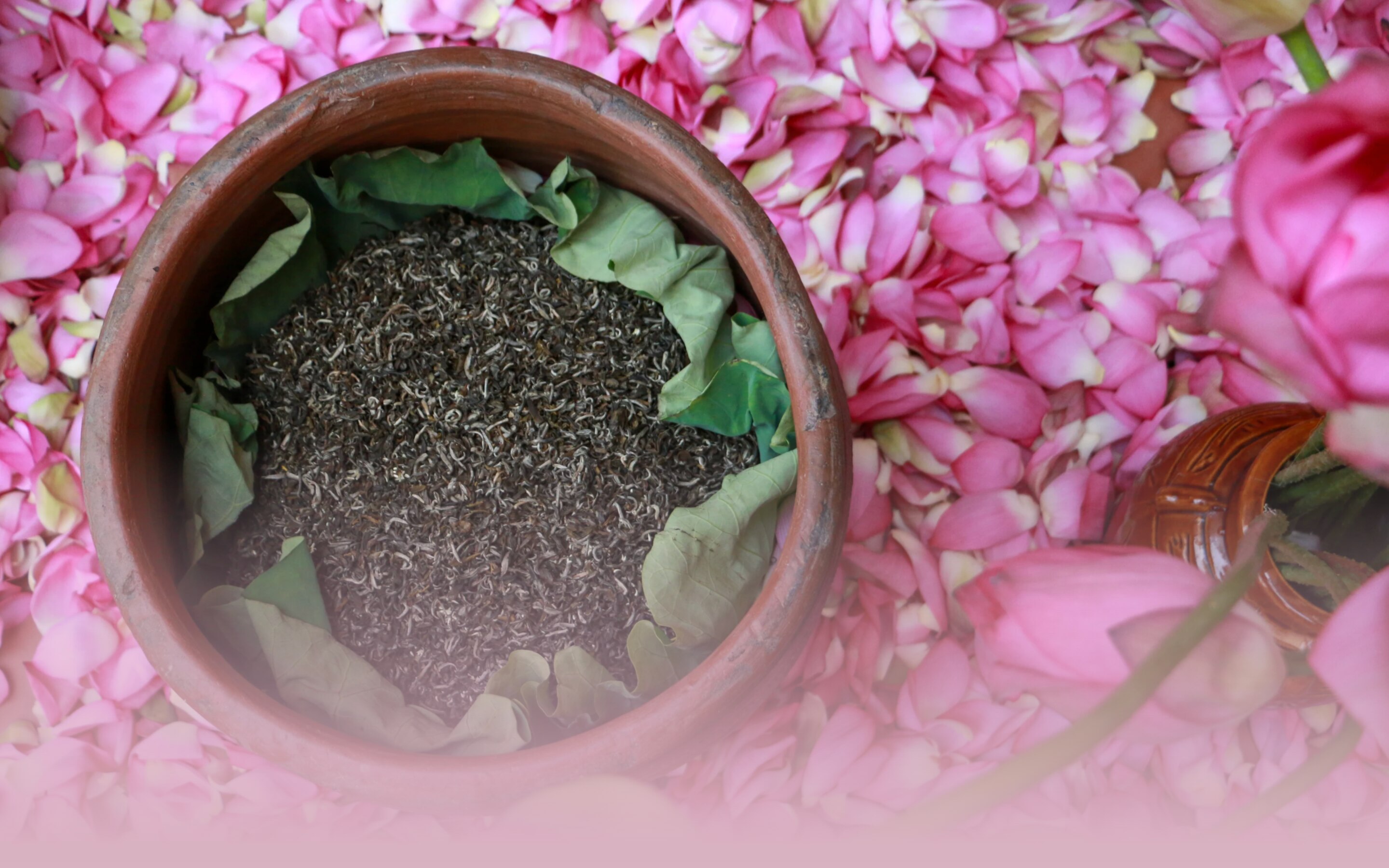
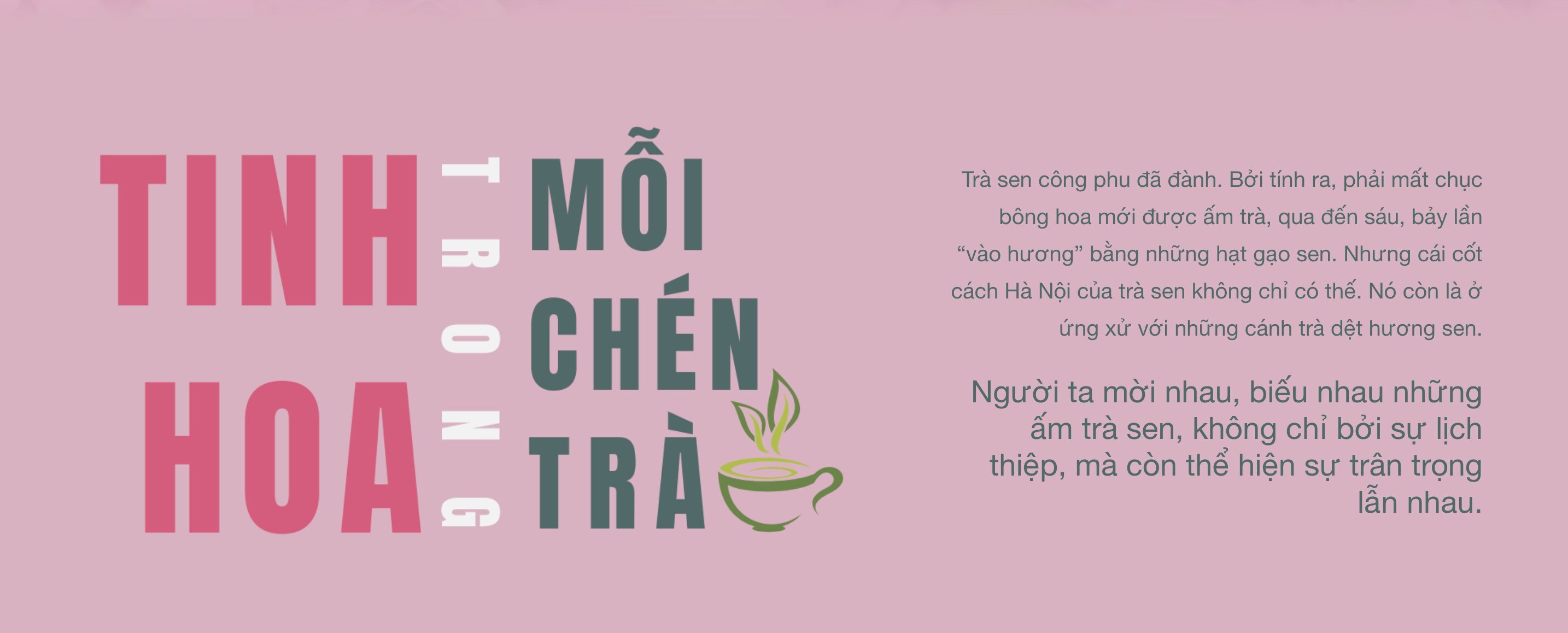
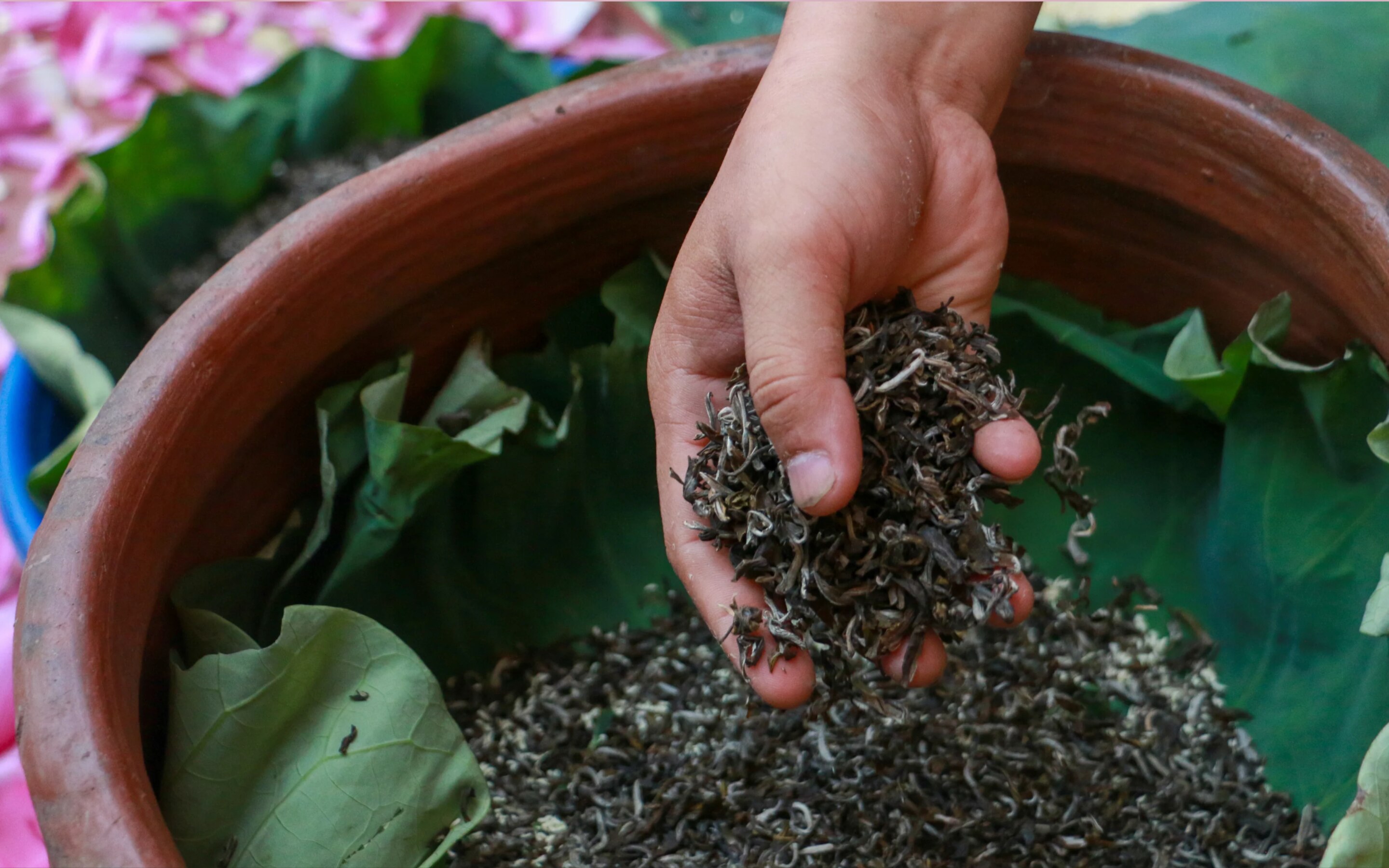
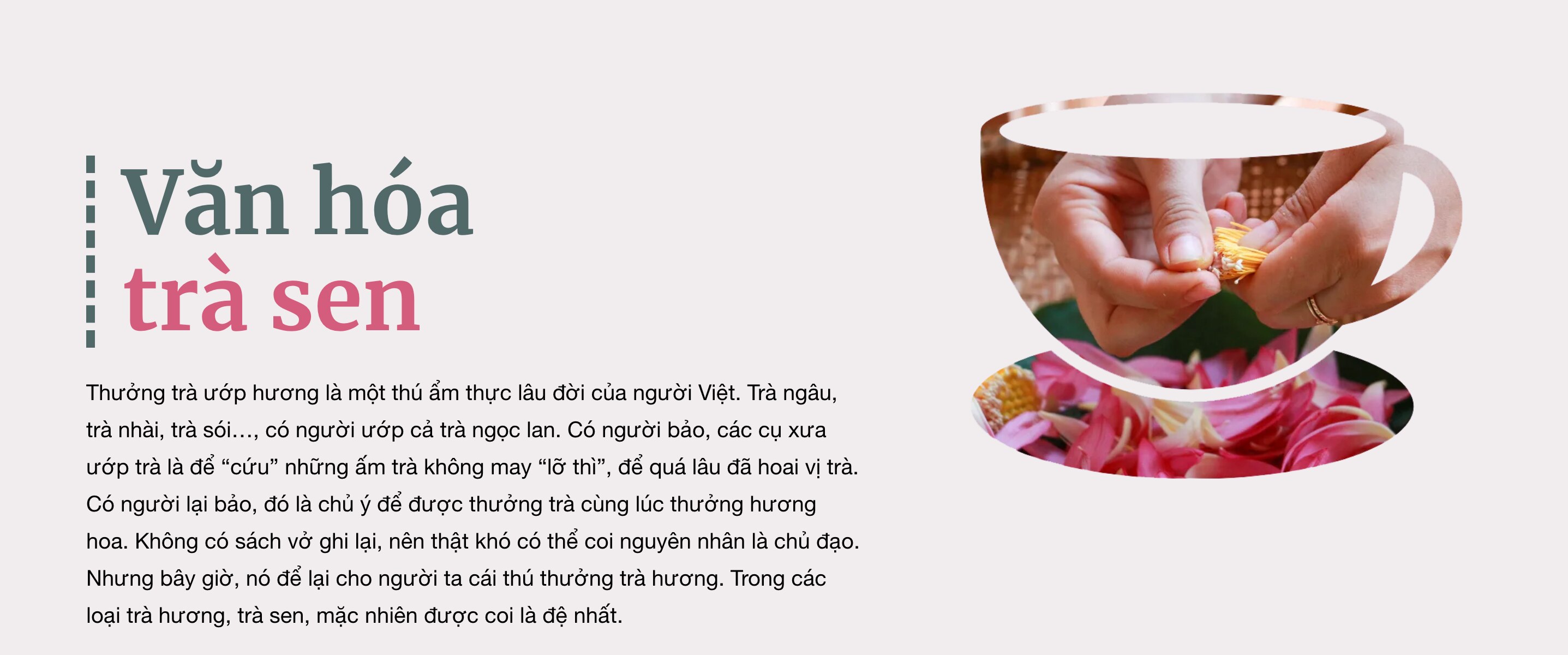
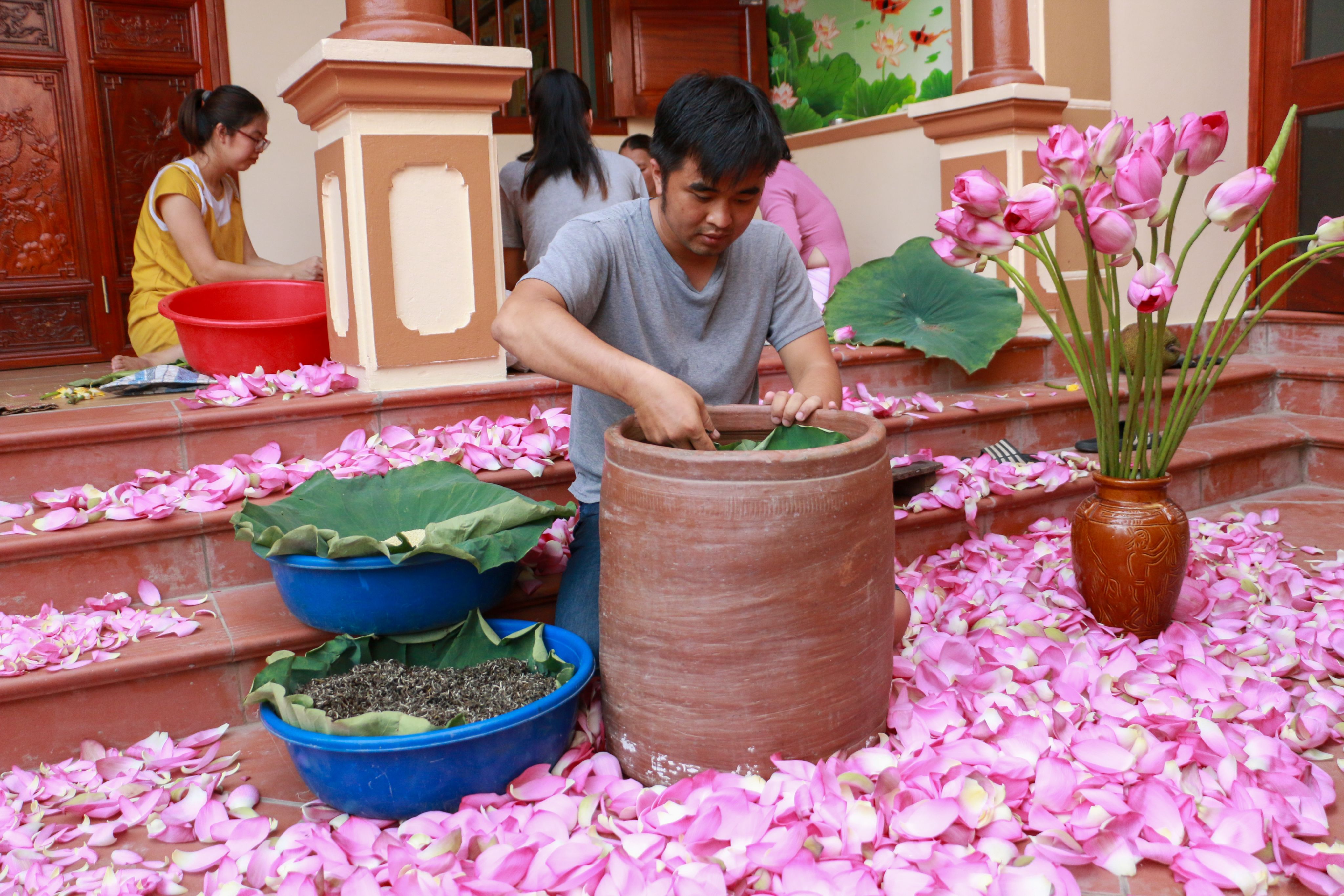

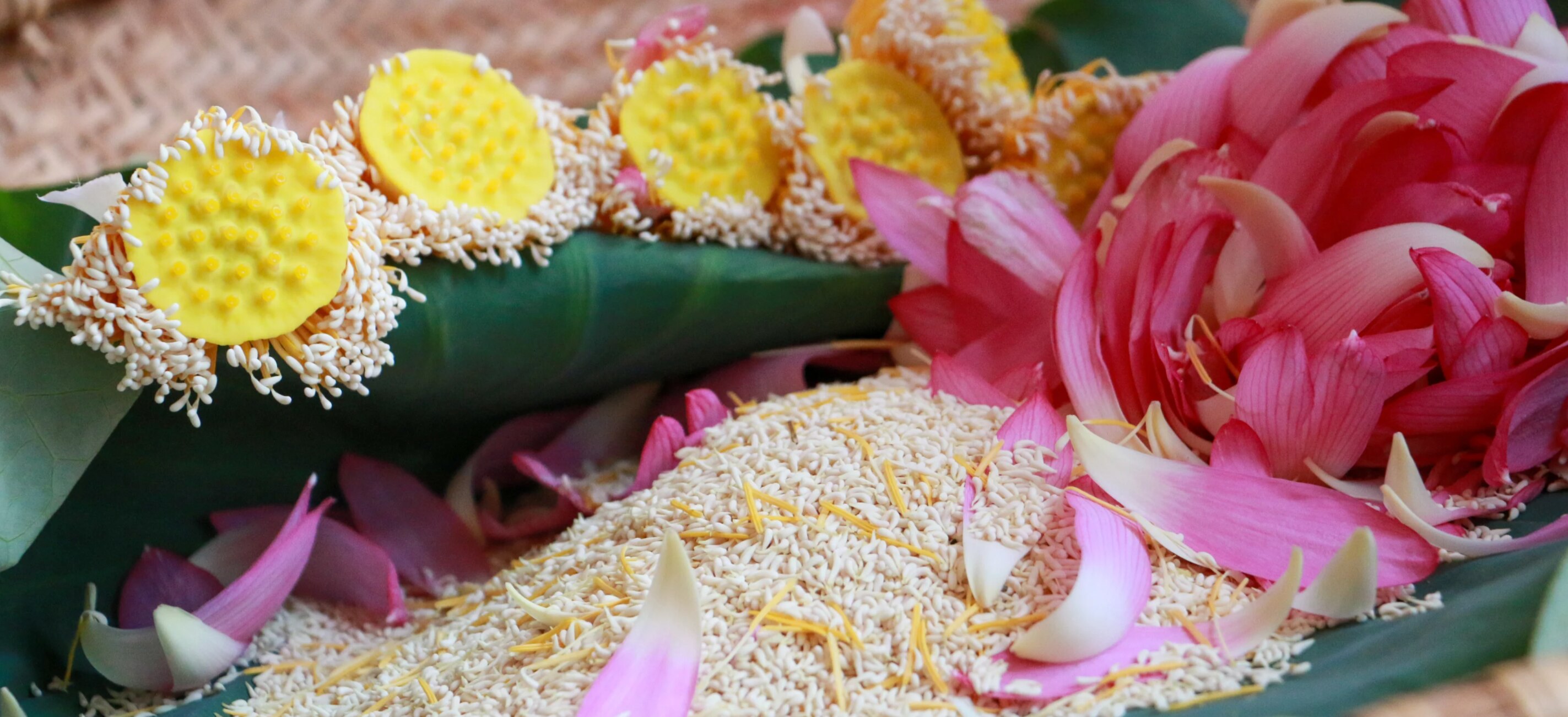


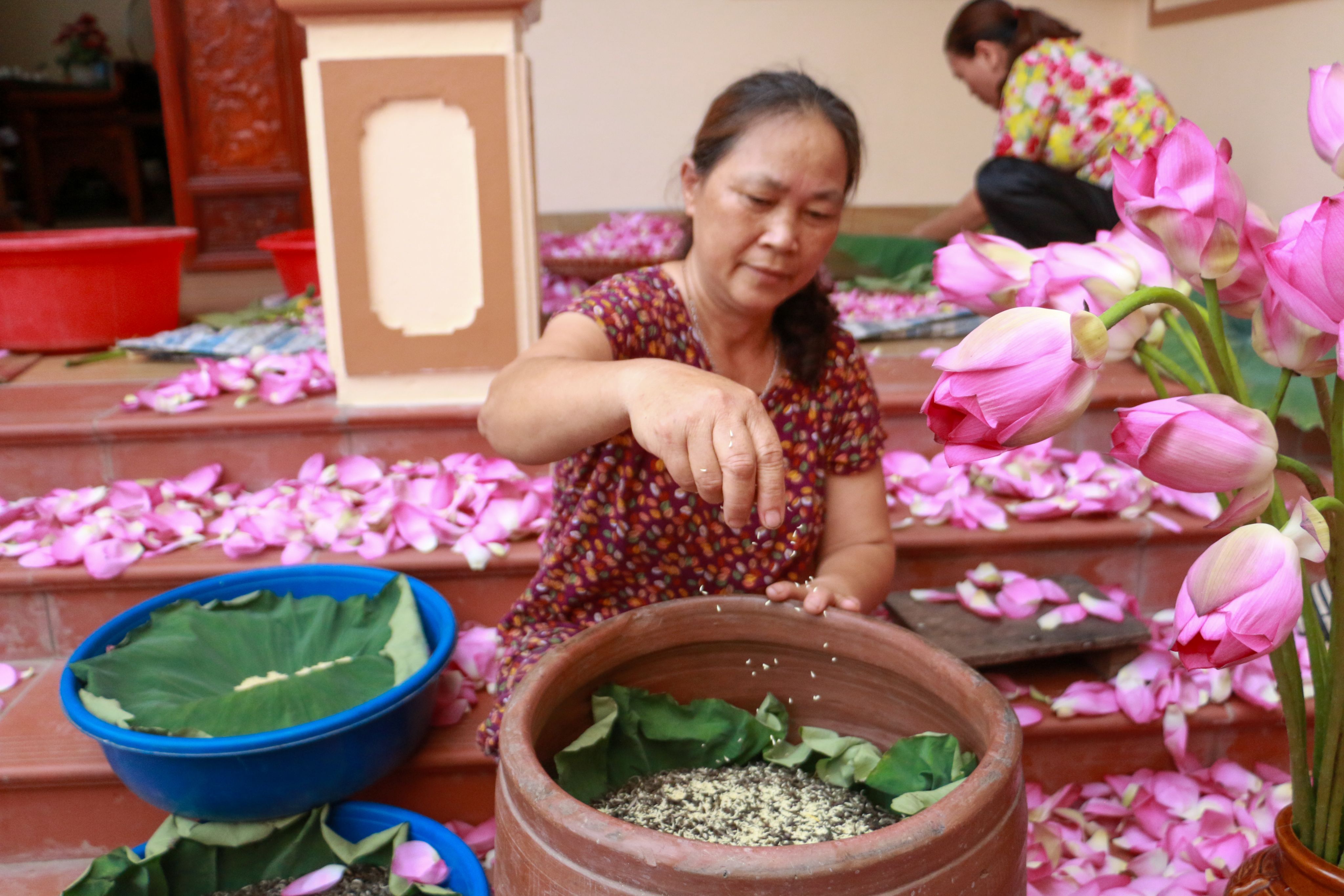
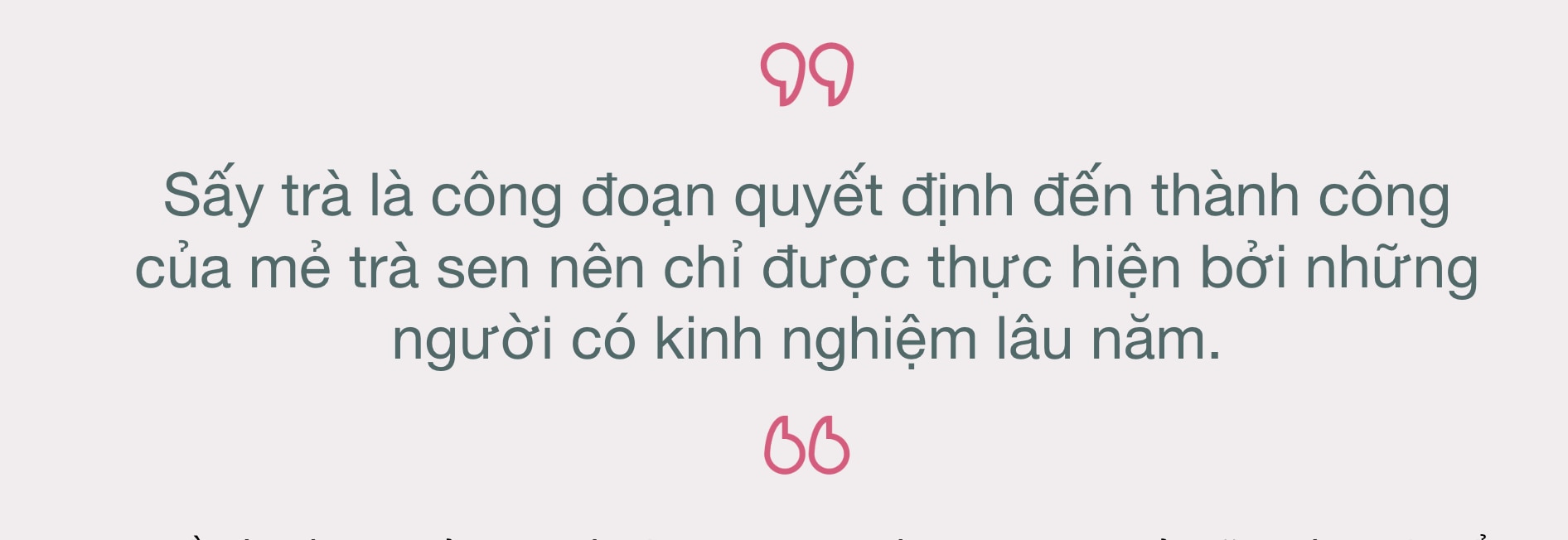
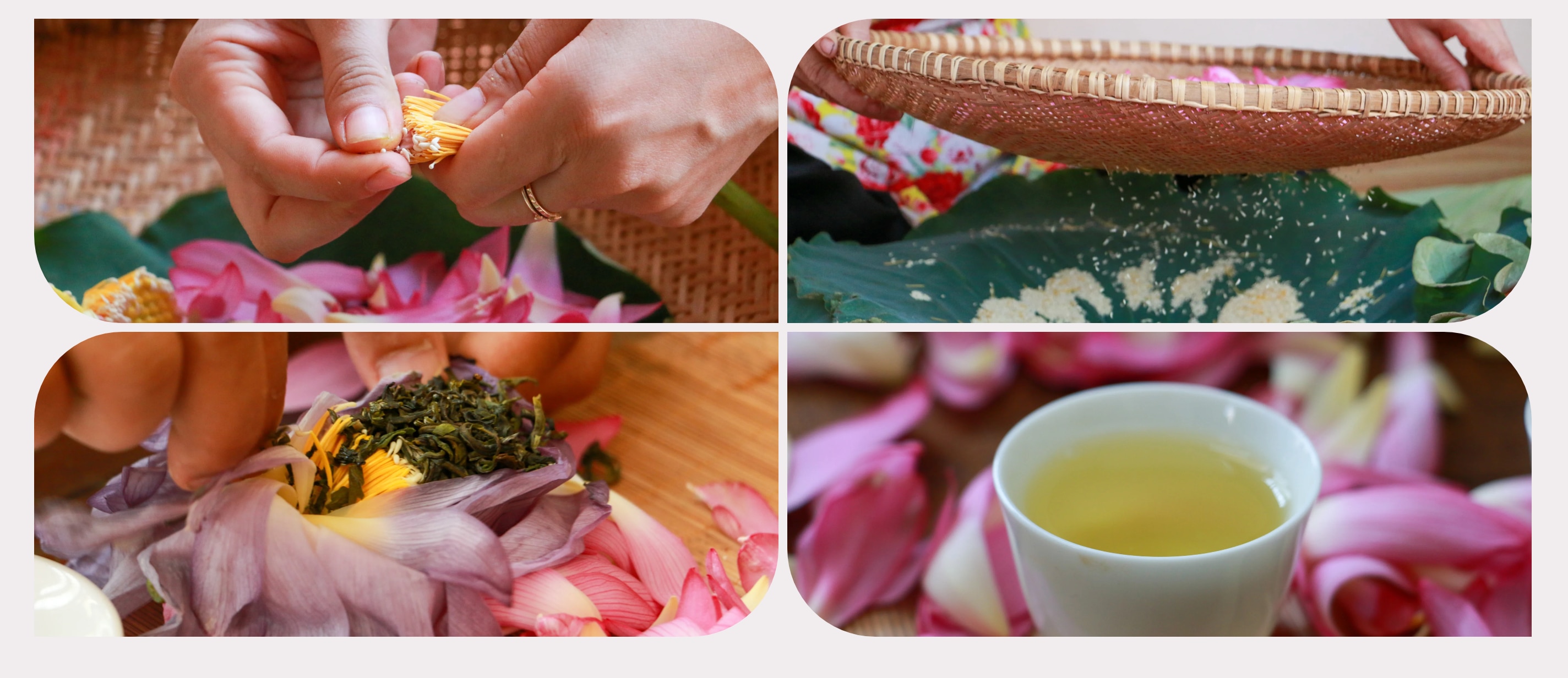

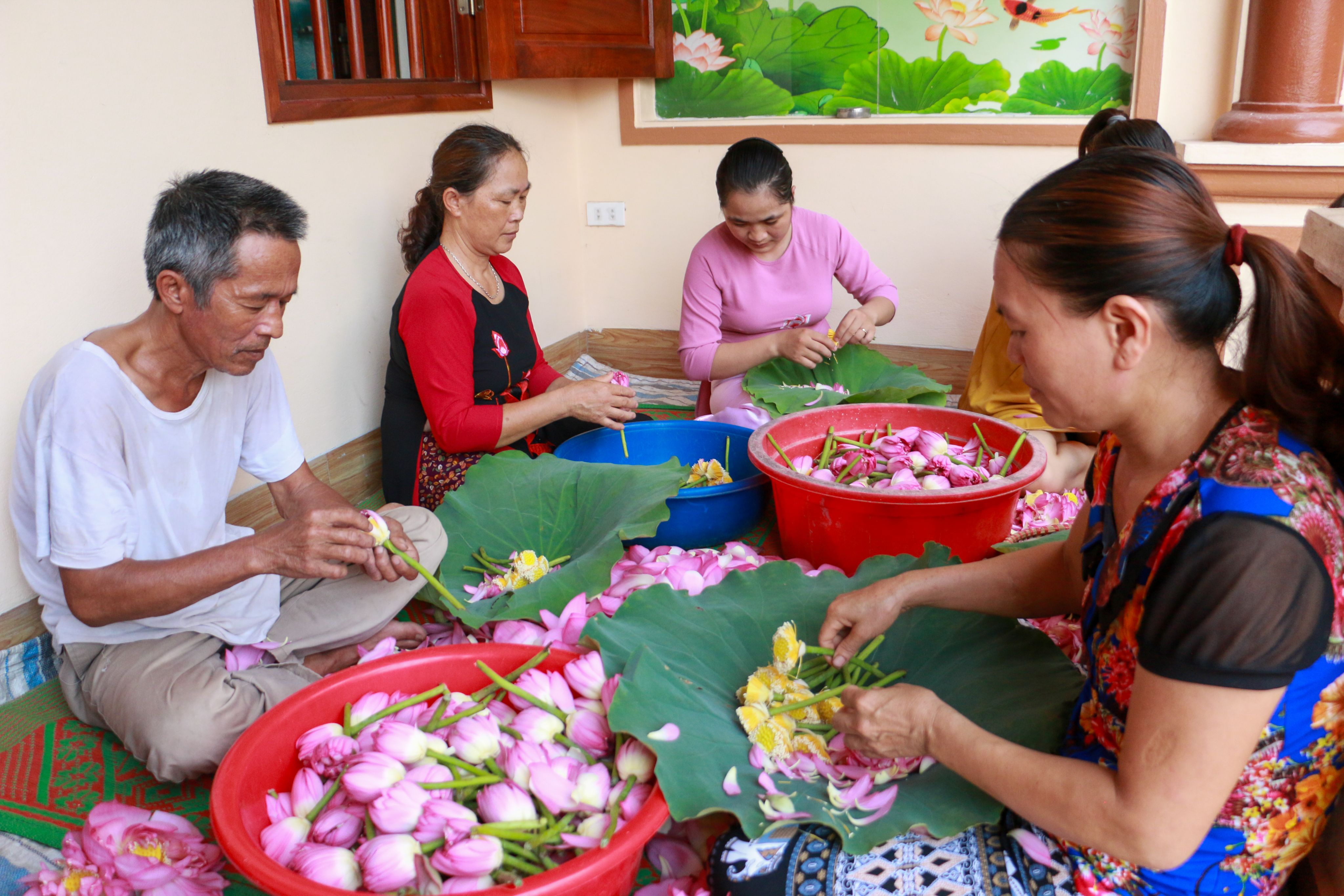
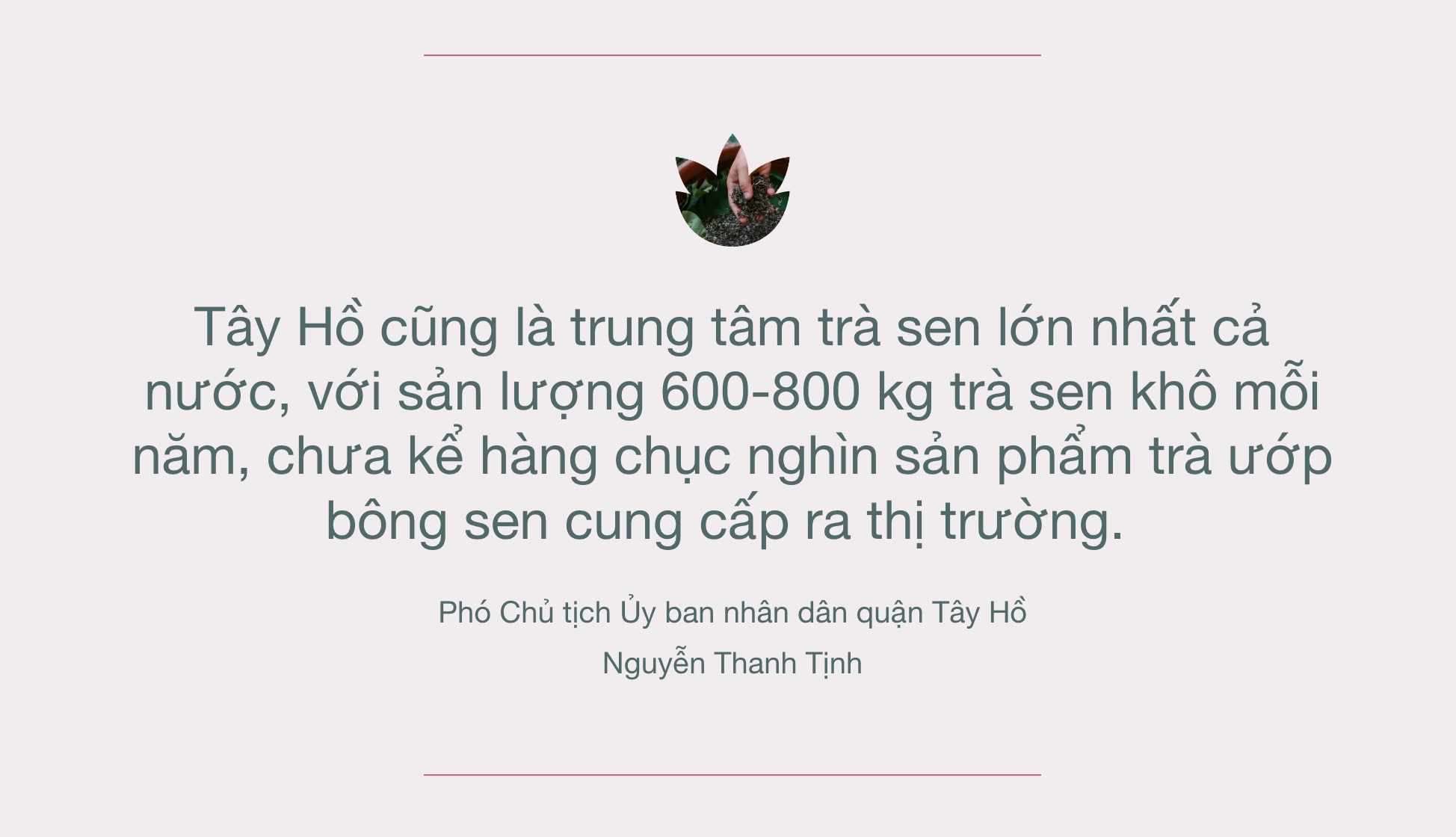
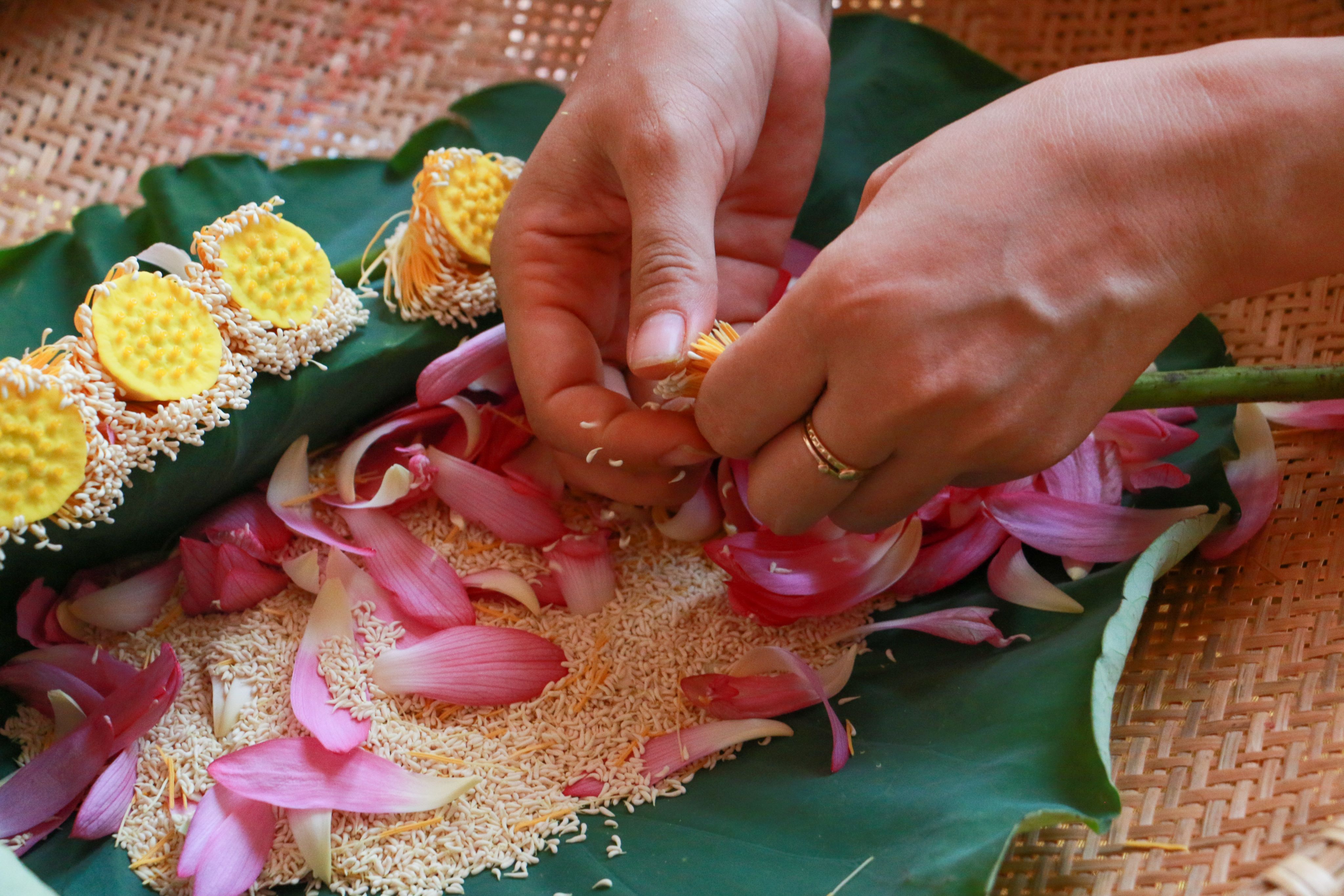


![[Photo] Visiting Cu Chi Tunnels - a heroic underground feat](https://vstatic.vietnam.vn/vietnam/resource/IMAGE/2025/4/8/06cb489403514b878768dd7262daba0b)

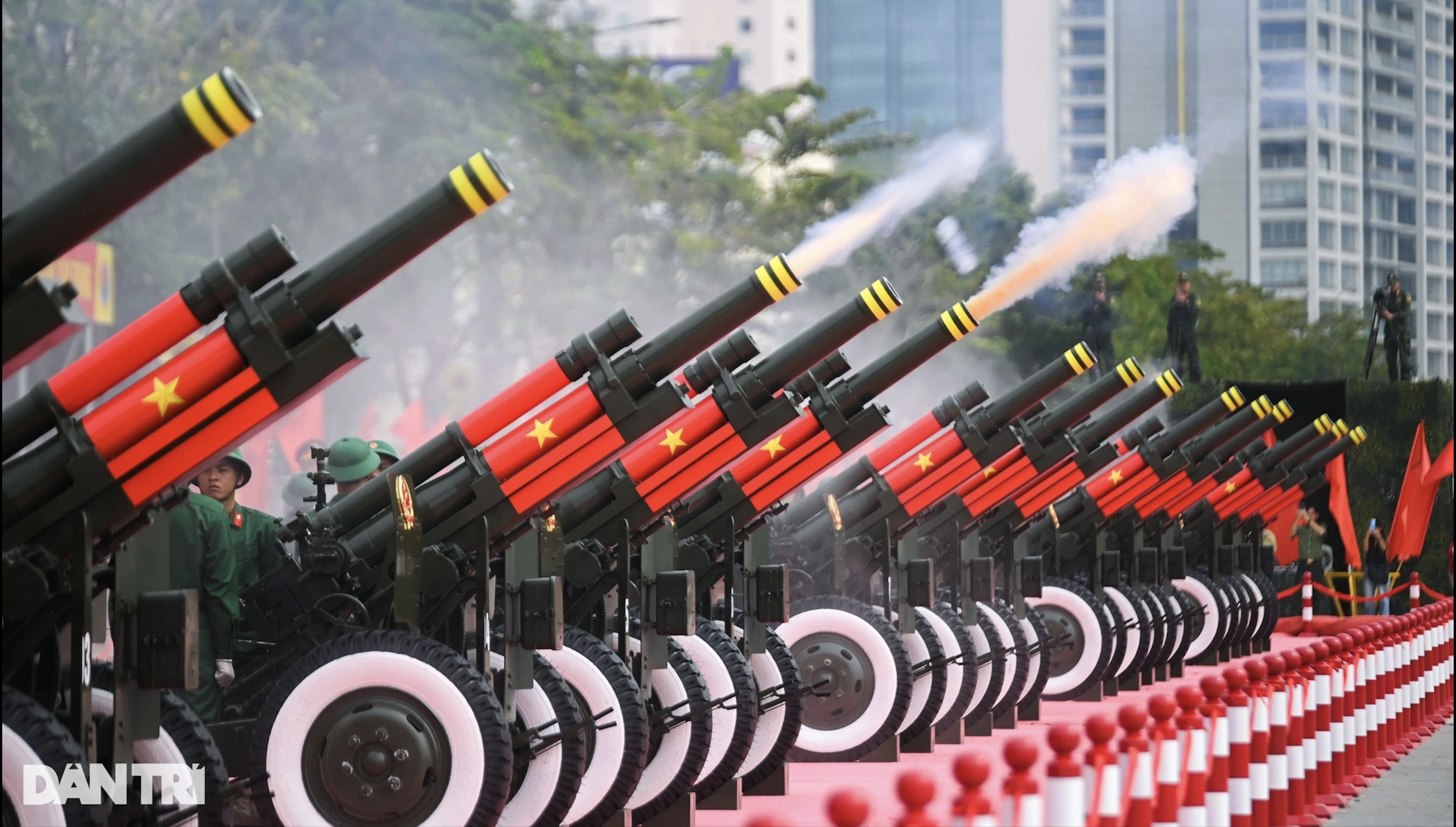

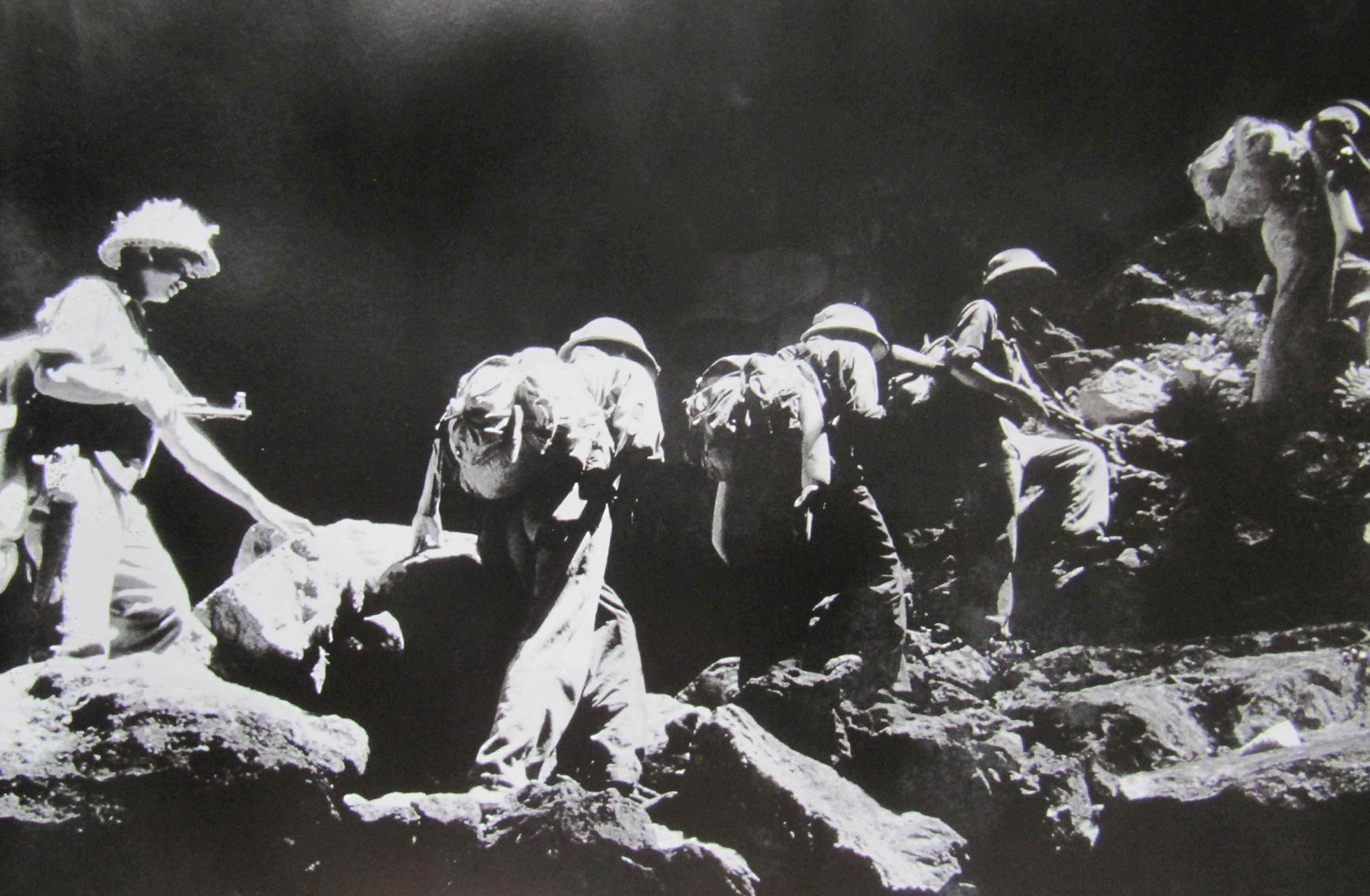



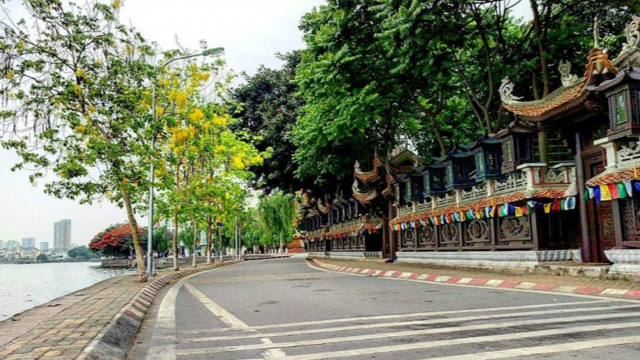

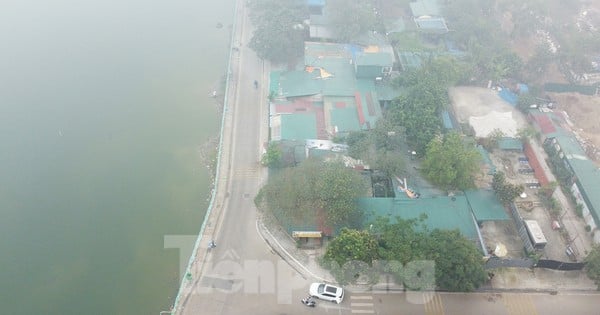









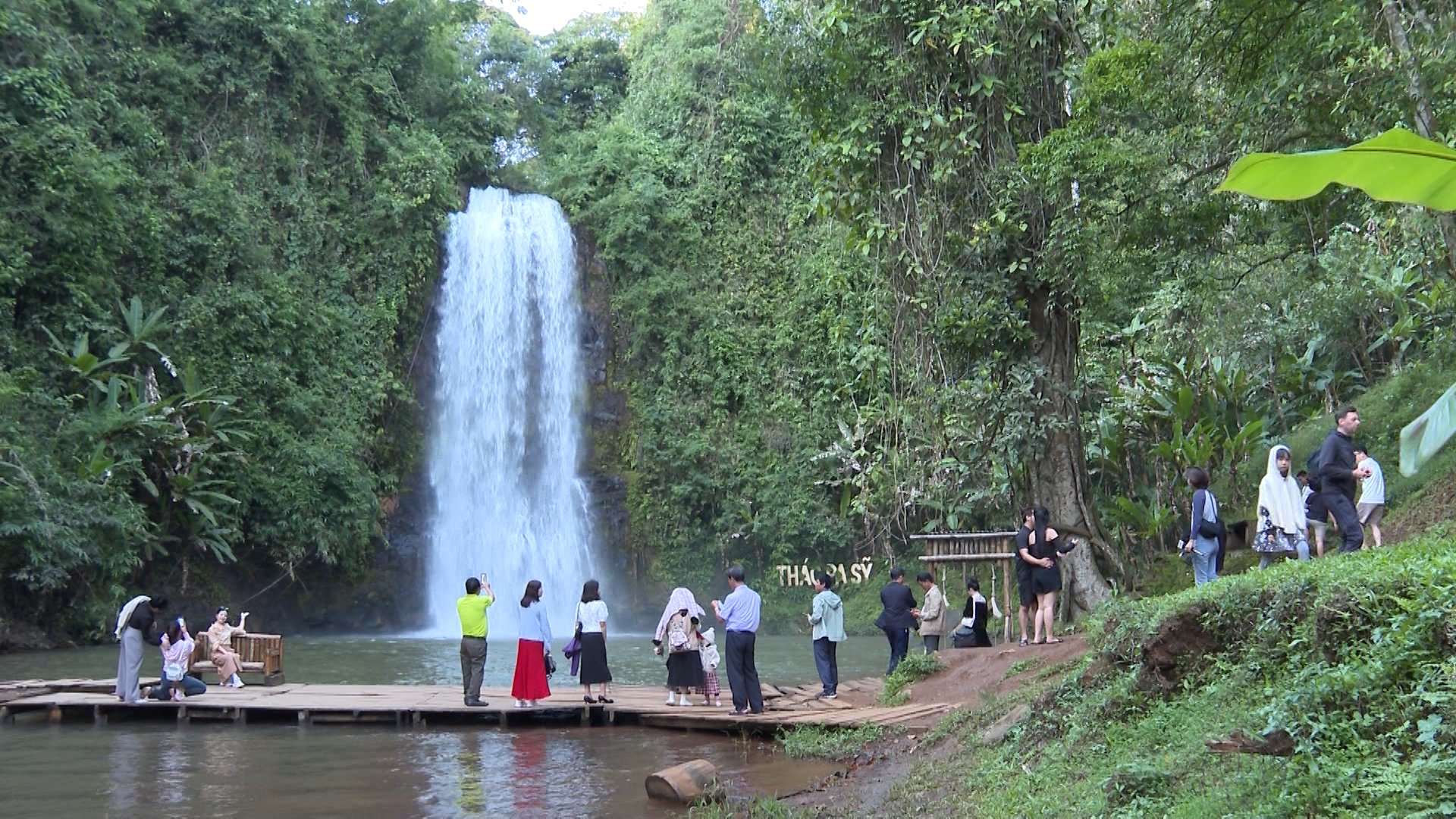
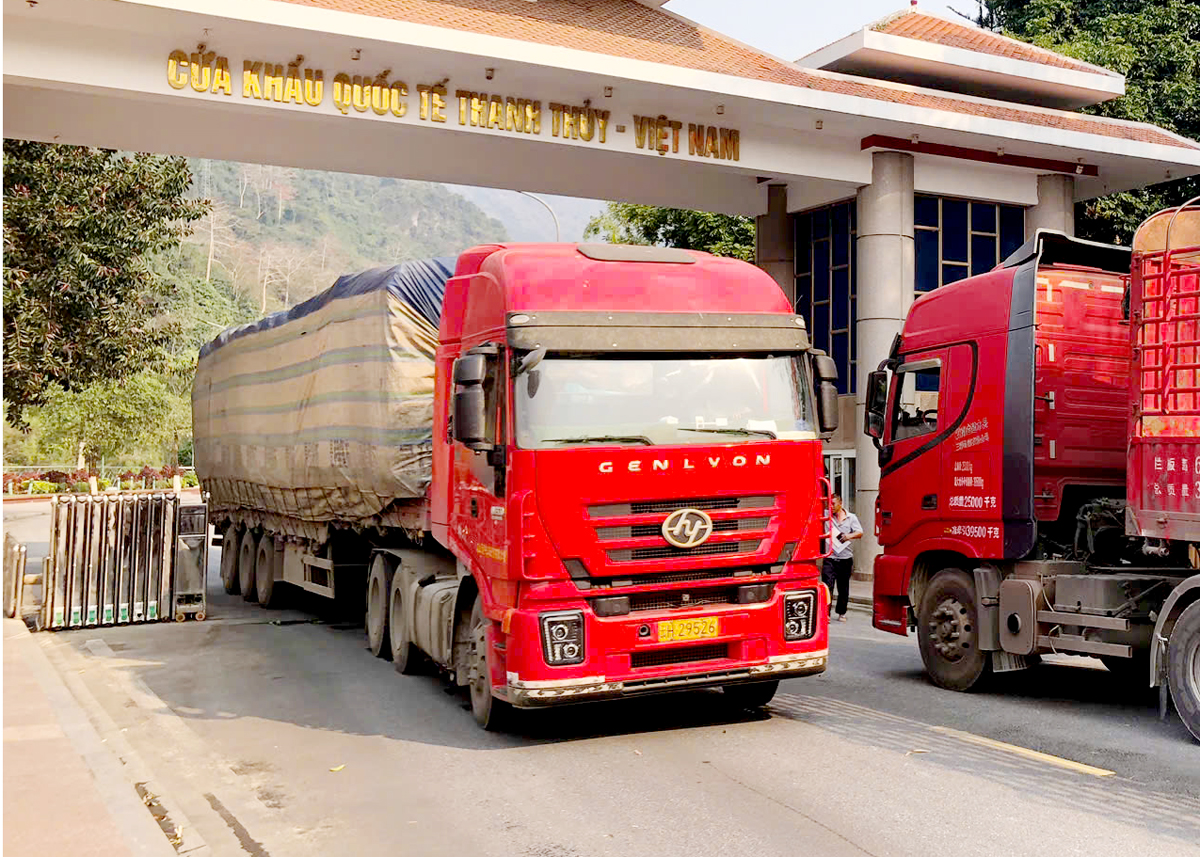
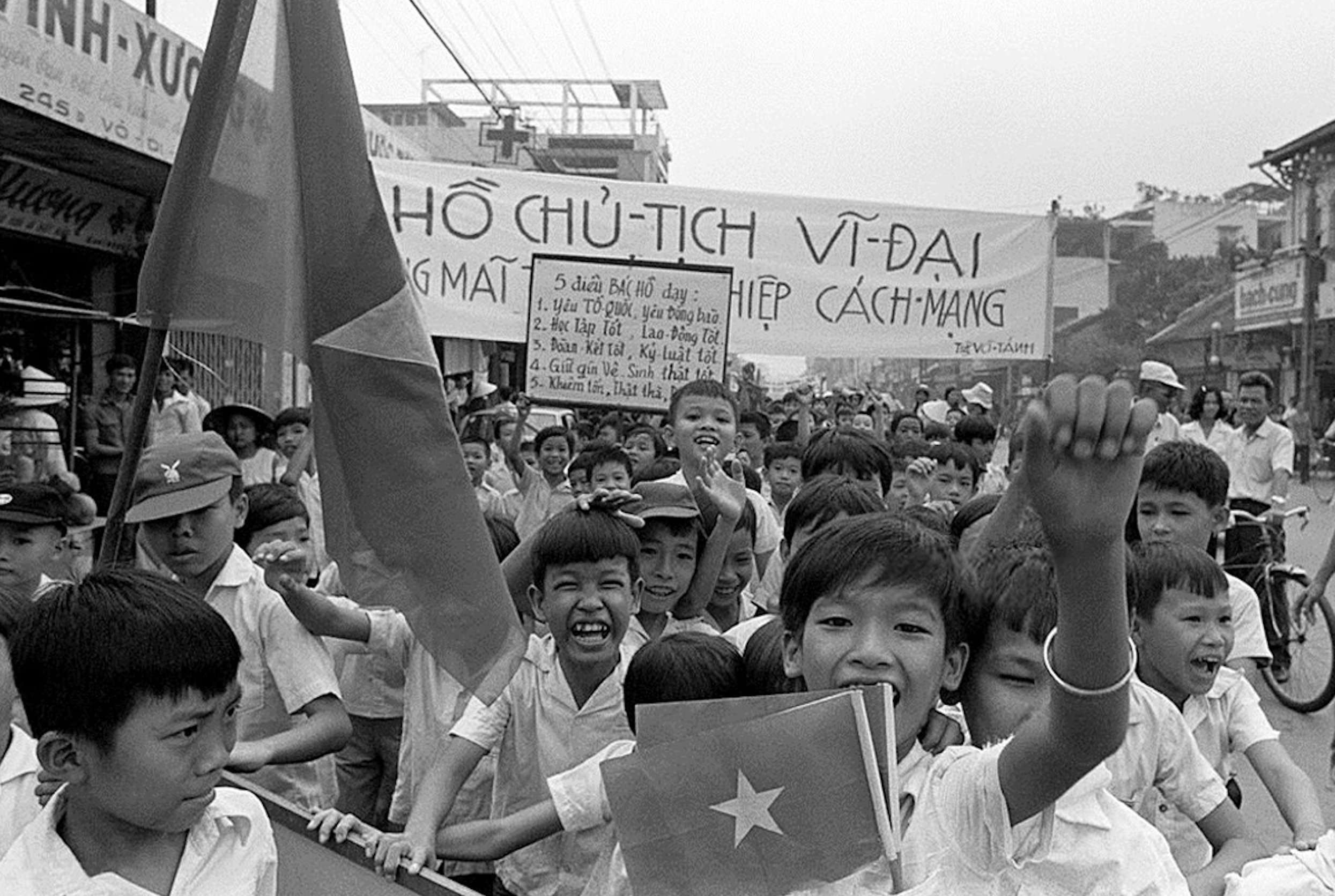
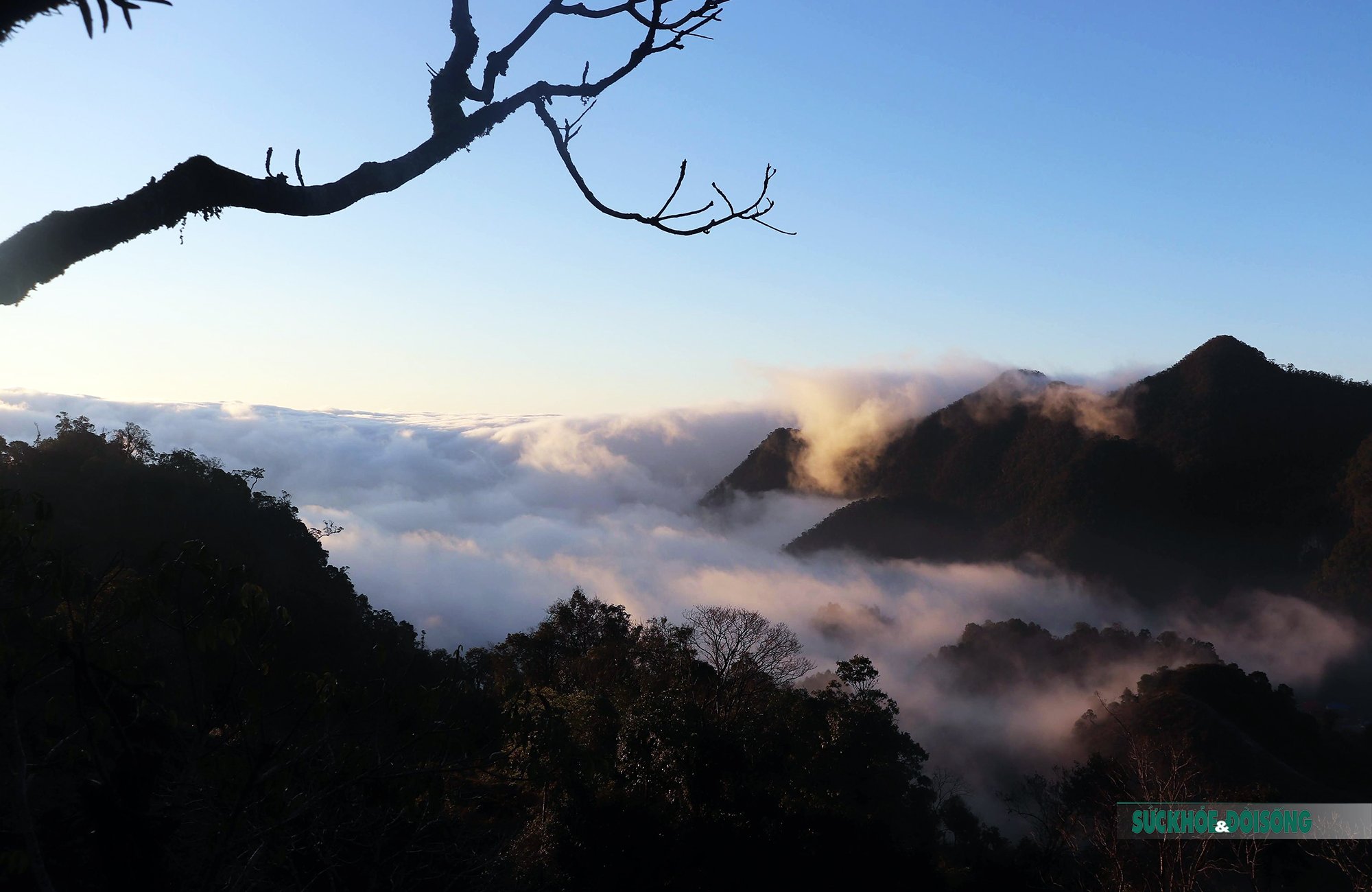
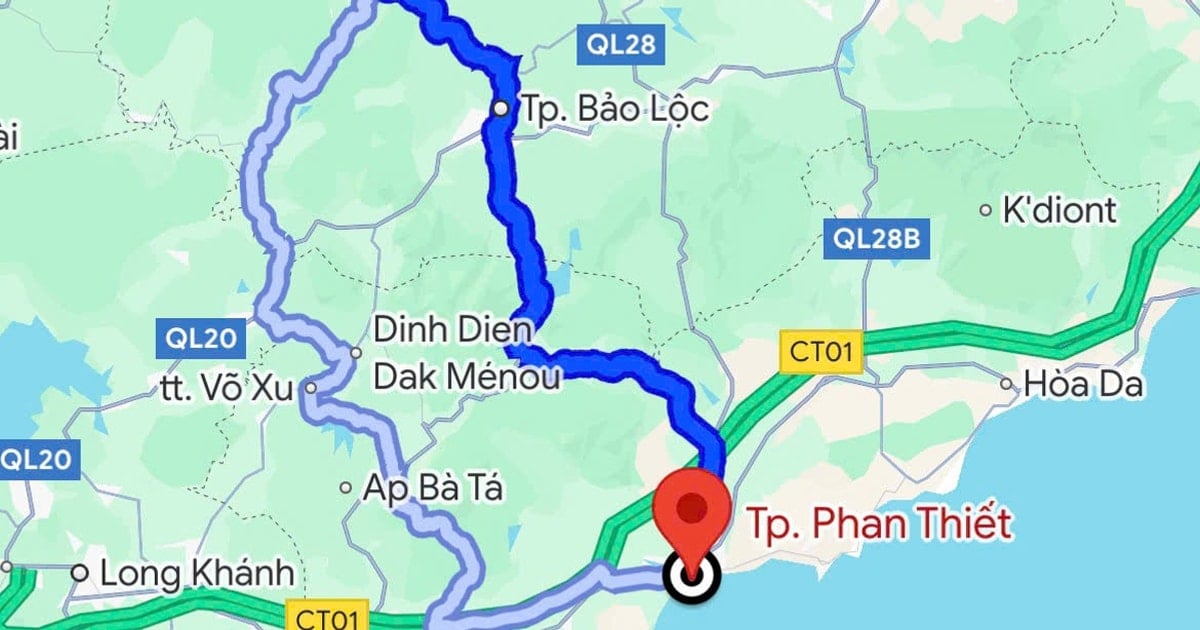




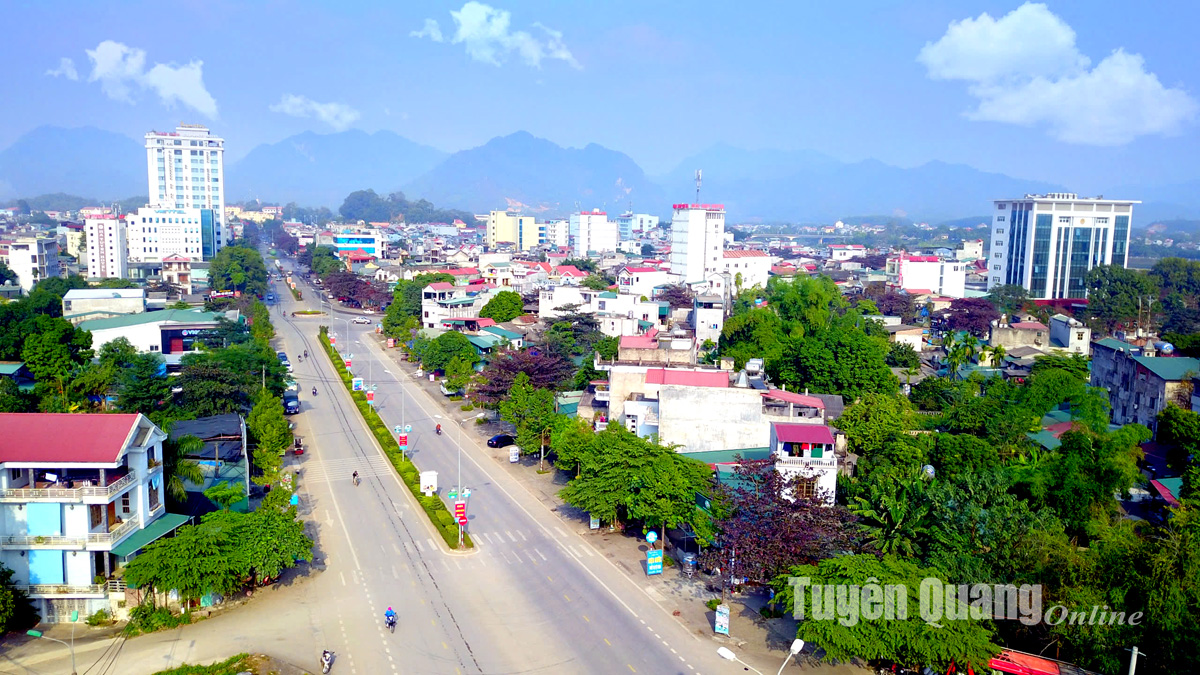
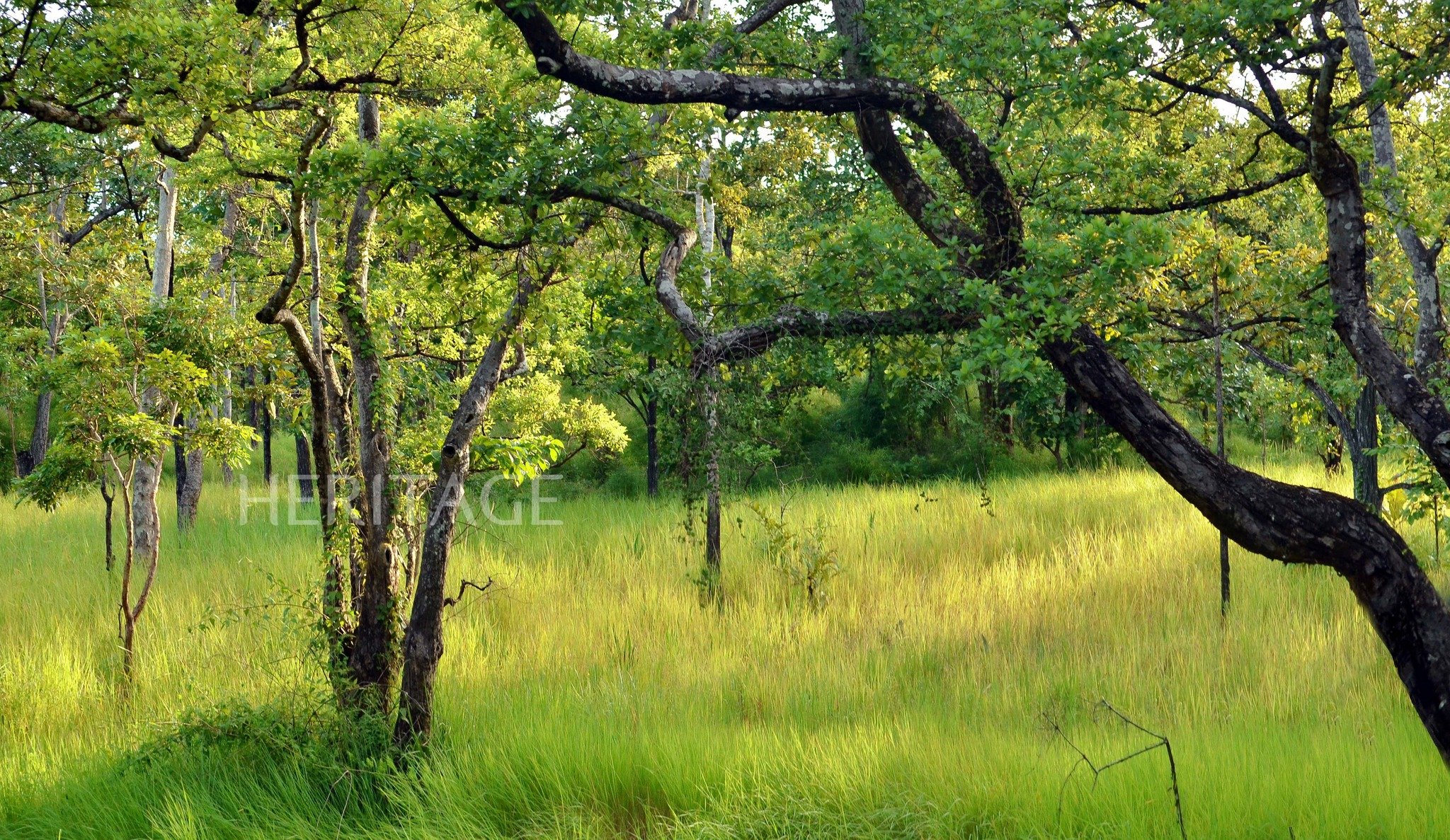


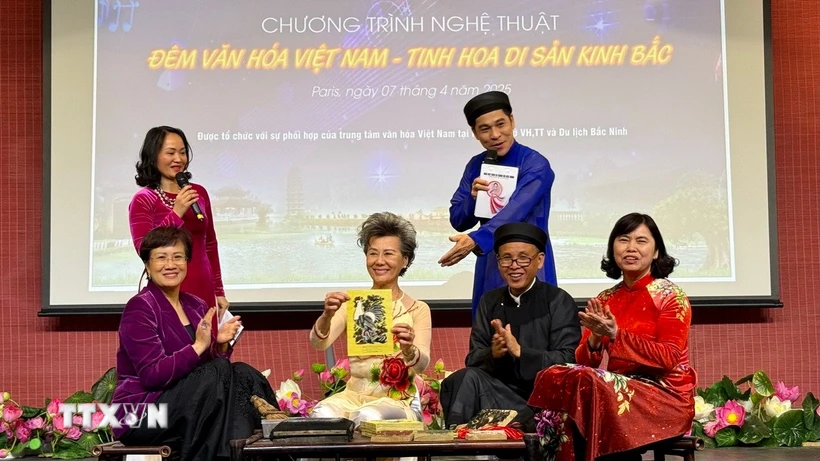



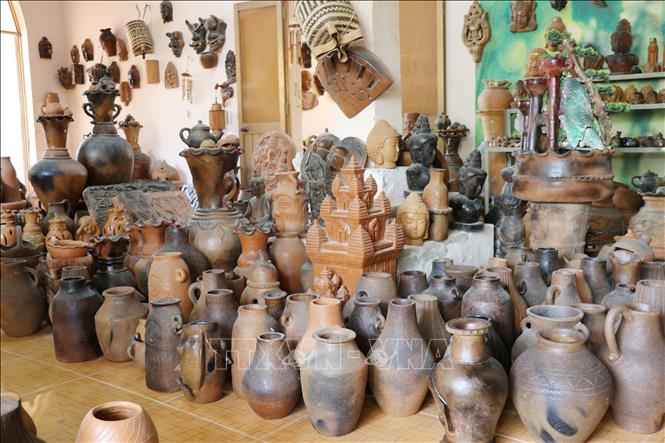

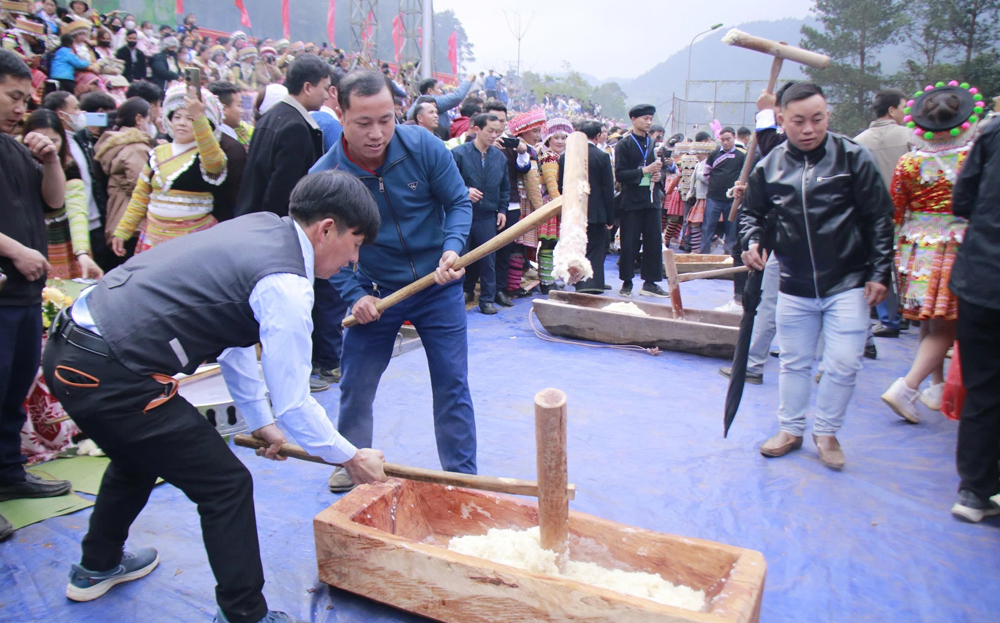
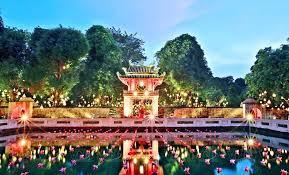
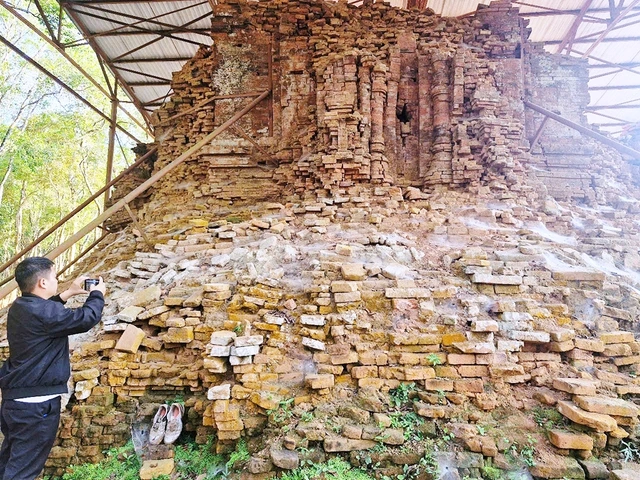

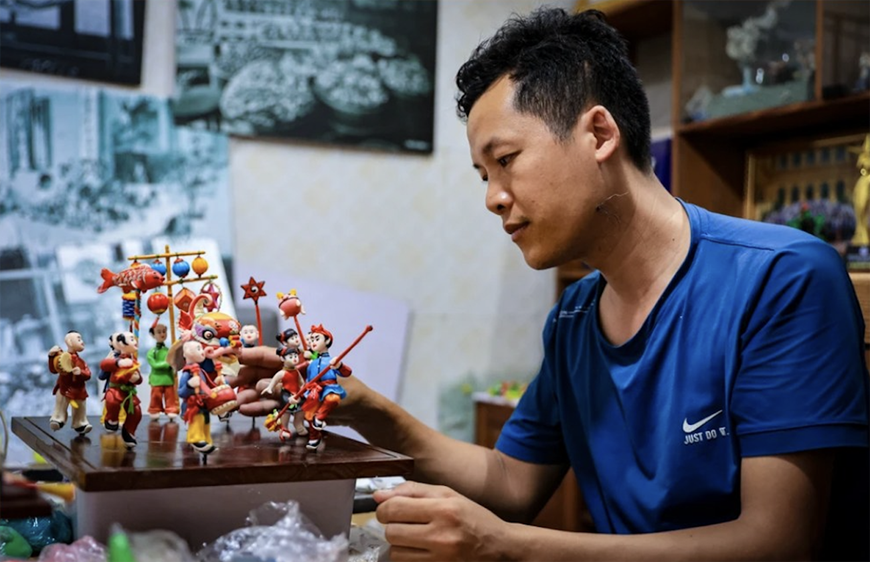

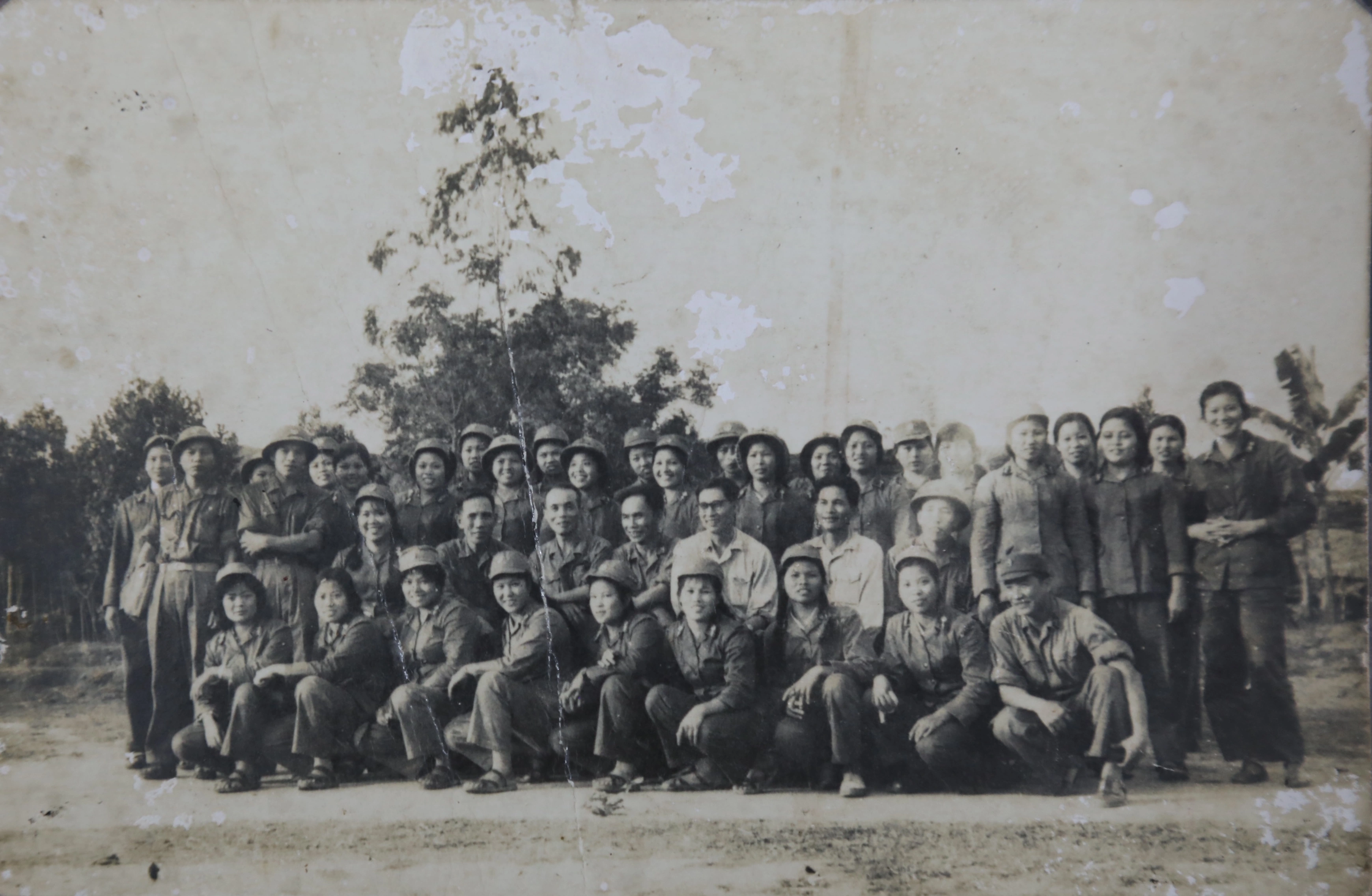


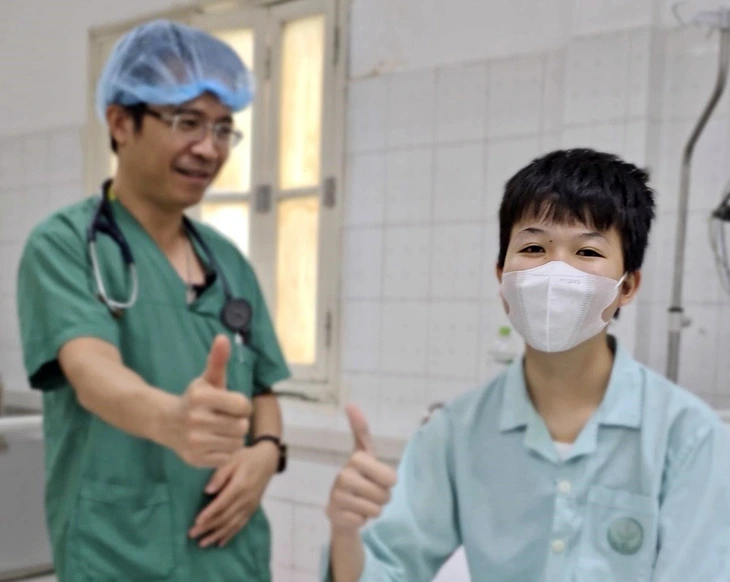









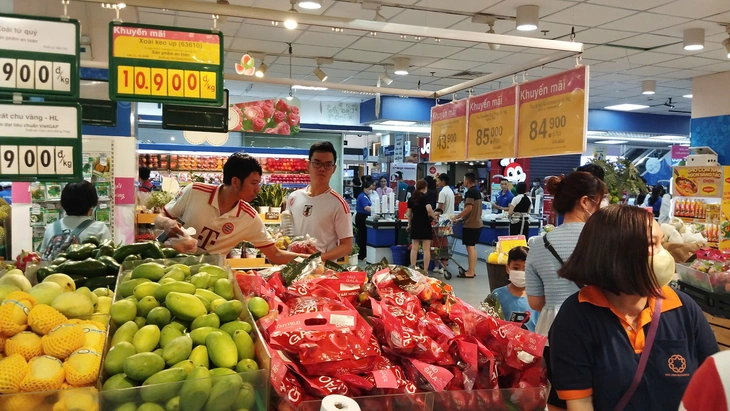





![[Photo] National Assembly Chairman successfully concludes official visit to Uzbekistan](https://vstatic.vietnam.vn/vietnam/resource/IMAGE/2025/4/9/8a520935176a424b87ce28aedcab6ee9)







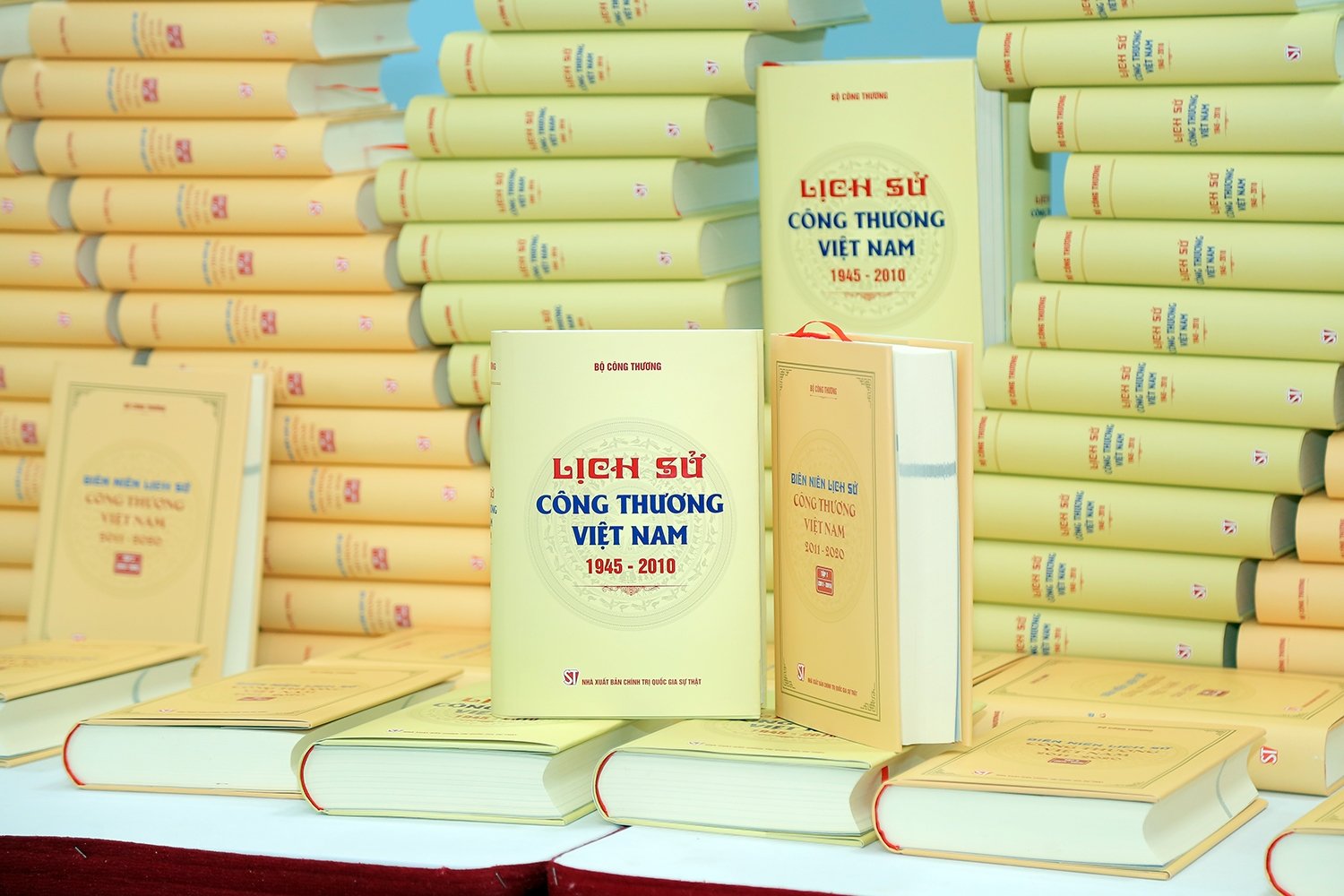
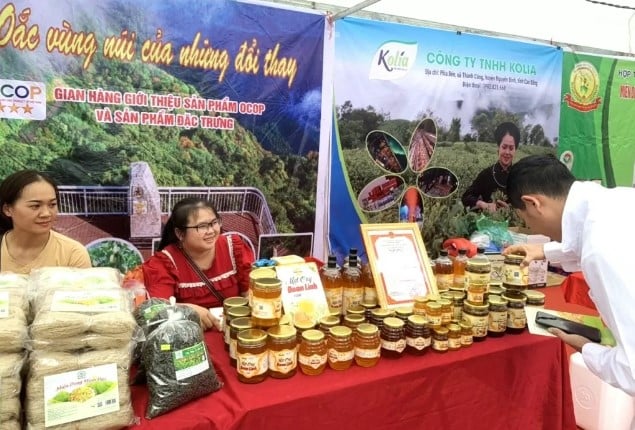

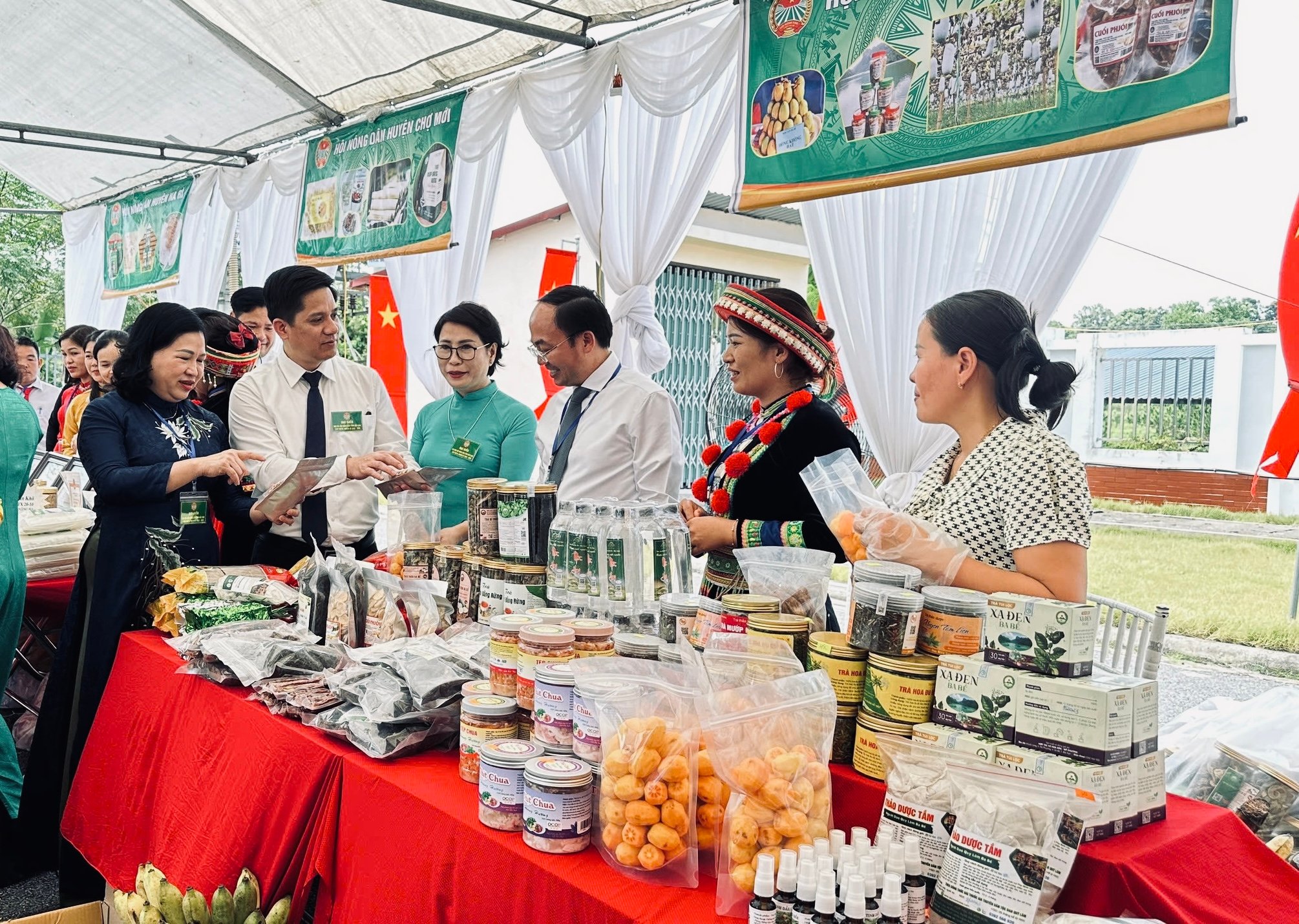


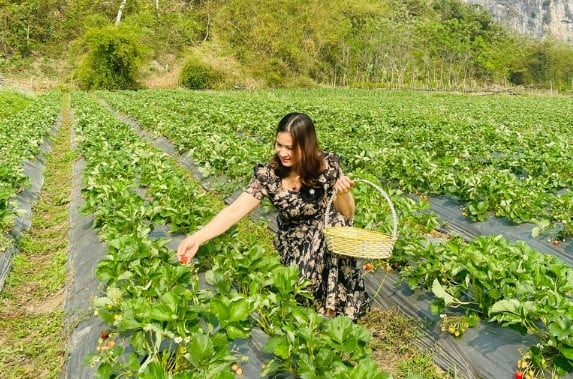

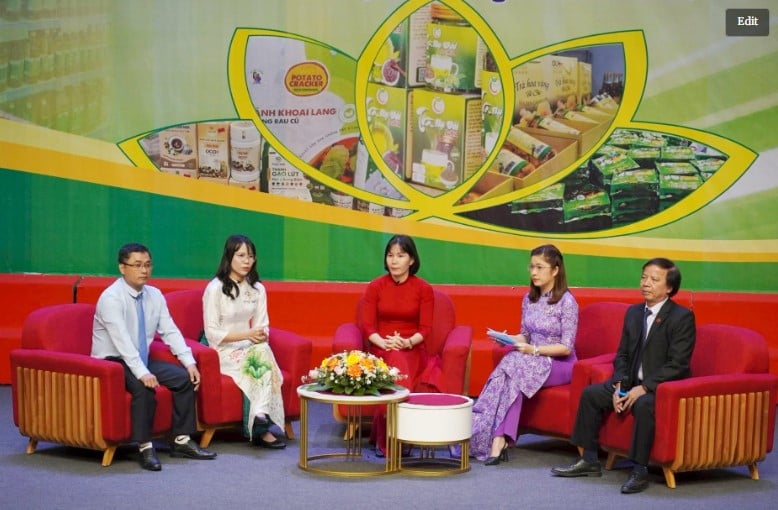

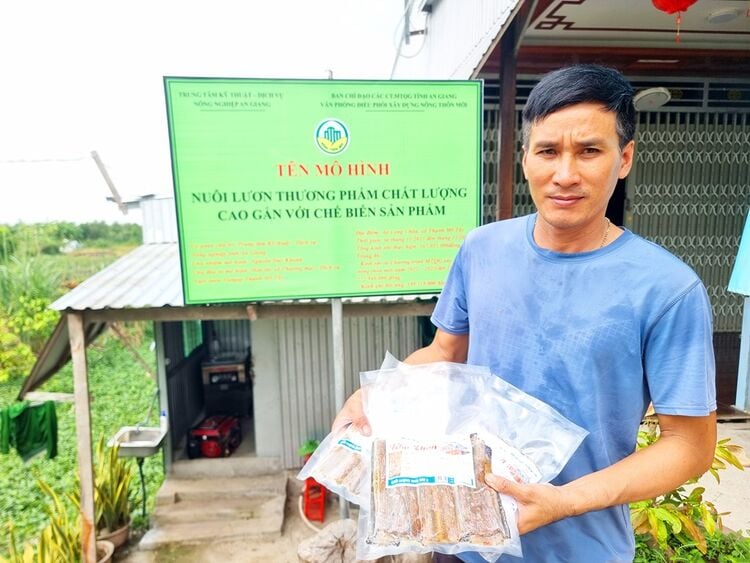
Comment (0)